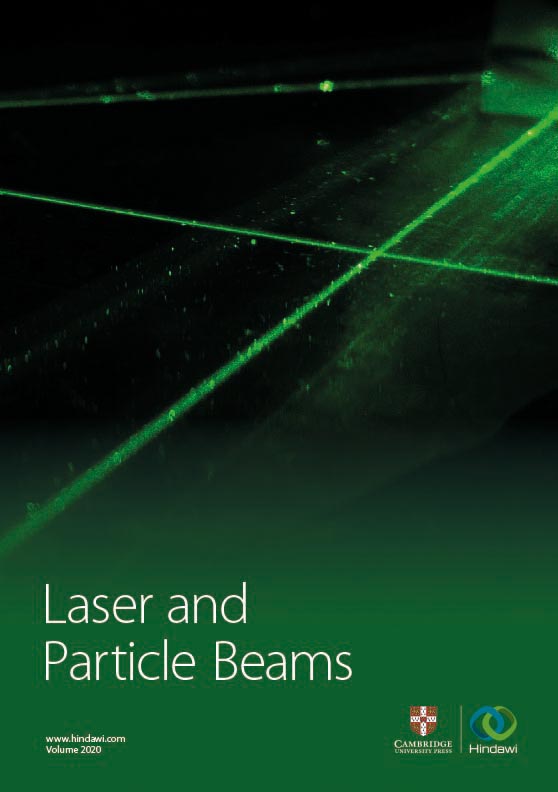 View fulltext
View fulltext
We present results from a pitcher-catcher experiment utilizing a proton beam generated with nanostructured targets at a petawatt-class, short-pulse laser facility to induce proton-boron fusion reactions in a secondary target. A 45-fs laser pulse with either 400 nm wavelength and 7 J energy, or 800 nm and 14 J, and an intensity of up to 5 × 1021 W/cm2 was used to irradiate either thin foil targets or near-solid density, nanostructured targets made of boron nitride (BN) nanotubes. In particular, for 800 nm wavelength irradiation, a BN nanotube target created a proton beam with about five times higher maximum energy and about ten times more protons than a foil target. This proton beam was used to irradiate a thick plate made of boron nitride placed in close proximity to trigger 11B (p, α) 2α fusion reactions. A suite of diagnostics consisting of Thomson parabola ion spectrometers, postshot nuclear activation measurements, neutron time-of-flight detectors, and differentially filtered solid-state nuclear track detectors were used to measure both the primary proton spectrum and the fusion products. From the primary proton spectrum, we calculated (p, n) and (α,n) reactions in the catcher and compare with our measurements. The nuclear activation results agree quantitatively and neutron signals agree qualitatively with the calculations, giving confidence that primary particle distributions can be obtained from such measurements. These results provide new insights for measuring the ion distributions inside of proton-boron fusion targets.
A 3D verification and validation suite of test problems is presented and used to evaluate hydrodynamic methods within a radiation hydrodynamics code, xRAGE. These test problems exercise different levels of complexity, building towards ICF problems which in addition to hydrodynamics also include three temperature plasma physics, thermal conduction, and radiation diffusion. Among the problems in the test suite are the Kidder ball problem, the Verney shell problem, and a 5-material compression problem, which exercise different purely hydrodynamic methods implemented within xRAGE. There is excellent agreement between 2D and 3D XRAGE simulation results and between the xRAGE results and the benchmark solutions. Two 3D ICF test problems are also presented, based on an OMEGA direct drive capsule experiment and on a NIF indirect drive capsule experiment. It is demonstrated that the newer unsplit hydrodynamic method in xRAGE produces more vorticity relative to the older default method. For the indirect drive capsule, the 3D simulations are in reasonable agreement with the experimental values of ion temperature and neutron production.







